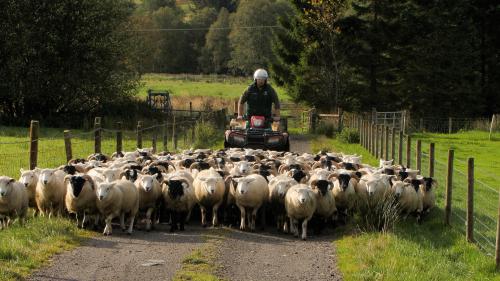What food products of animal origin (POAO) flow into and out of Scotland? This was the question posed by Food Standards Scotland as part of my SEFARI fellowship. As an economist, I was aware that this seemingly straightforward question would be both fascinating and challenging. For starters, food supply chains across the European Union are well established and operate across member states to bring us POAO within a fast time period.
The first phase entailed finding data on what enters and leaves Scottish ports (i.e. imports and exports): unfortunately, the HMRC data only records non-EU trade flows as EU products do not require routine additional checks for hygiene or payment of customs fees (e.g. tariffs). In addition to this issue, POAOs often travel via England’s large ports and onwards to Scottish distribution centres.
Fortunately, HMRC have been able to estimate the flows to Scotland from both the EU and non-EU countries using their Regional Trade Statistics which take into account the business geographic location of where a POAO is being imported/exported to. However, this masks the fact that some Scottish ports received fish products from the likes of the Faroe Islands only for it to be destined to England (or elsewhere in the EU). Hence the difficulty of relying on only one data publication in order to understand Scottish trade flows.
The next phase involved breaking down the supply chain to look at the producers, consumers and risk factors involved with the trade flow of POAO. This time the focus was mainly on shellfish given how this is a valuable Scottish export but includes risk factors, such as perishability, which require understanding of the logistics needed for movement within the chain.
This SEFARI fellowship has provided a fascinating opportunity to improve my knowledge in Scottish POAO trade but also to contribute to an ongoing government project. The fellowship offers a lesson in time management as it can be challenging undertaking the fellowship work in addition to a full-time job, but this should not deter a potential applicant. I feel the fellowships are mutually beneficial to both parties involved.
If you are interested in the results of my research, I will be presenting them on Monday, 26th of November at the Edinburgh Agricultural Economics Discussion Circle. More information will be made available here.
Dr Neil Chalmers, Economist, The Rowett Institute
